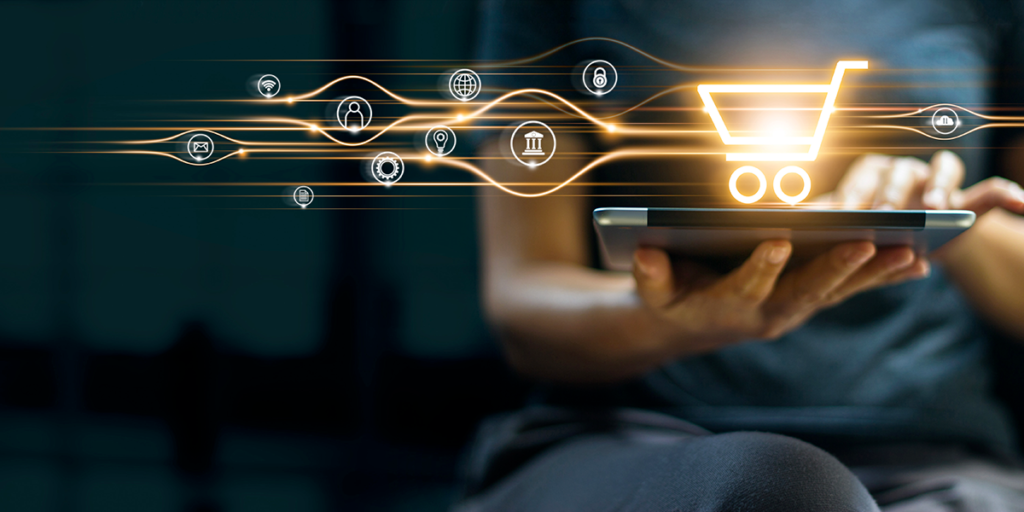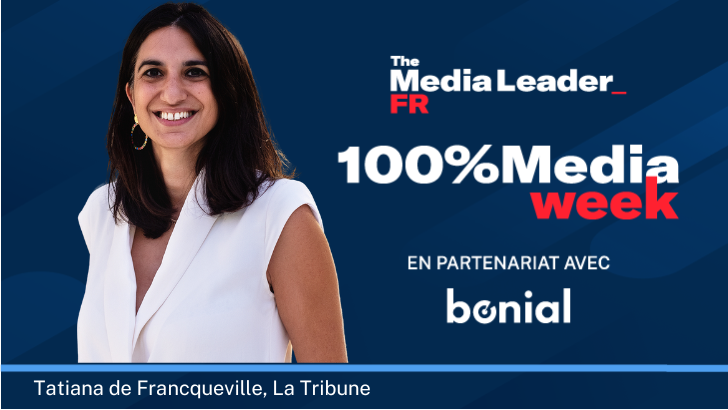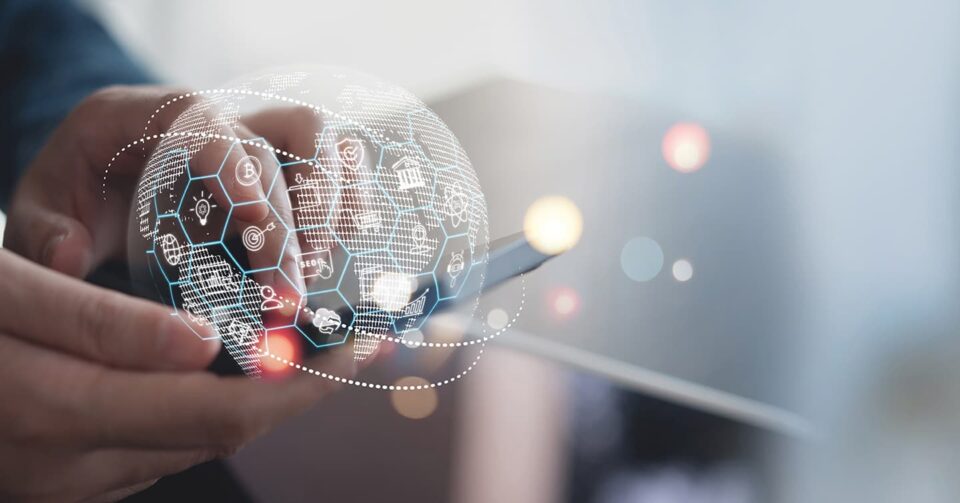ExpertiseNews
The evolution of purchasing habits, everything you need to know!
11 minutes

Ever faster and ever more, that’s the motto you could give to the world. In 1984, the first mobile phone was launched, and where it took years for the first generation of devices to be adopted, smartphones are now an integral part of our daily lives. They have completely revolutionised our consumption habits.
The Internet, e-commerce, data, inflation… are all things that have a direct impact on our lives and therefore also on our purchasing habits. So today, take a look at all these changes and take a step back.
Read on!
The internet “revolution” has changed everything, and we see an evolution of purchases habits
Consumer needs are influenced by many external factors as well as deep personal needs, which are diverse and change over time, with technological and social advances. If there is one thing which remains true to this day, is that they want to consume at low cost, a feeling reinforced by inflation in 2022.
With a
+ 2,9%*
increase in inflation in 2022, the French people feel strongly impacted, so they are reassessing their purchases, leaving less room for the unexpected, and additional purchases are gradually being reduced, at a loss for retailers and brands.
When we talk about external factors influencing consumption habits, there is an obvious one, whose impact was immediately visible: covid-19. The anxious French people found themselves confined and the only shops allowed to open were grocery stores. Some people rushed to the shelves out of fear to stock up, but others shifted their purchases to e-commerce. Delivery, click and collect… have been boosted by this crisis.
Because of it, proximity and practicality became a fundamental need for shoppers. They no longer want to spend hours in the aisles to find the right product, wait at the checkout or walk or drive home. This need opens the way to new forms of trade: drive, pedestrian drive, or quick commerce.
In addition to the health events of the last few years, other global issues are also leading to significant changes in consumer’s purchasing behaviour.
Ecological issues have become a real driver for consumers to change their way of consuming. This desire, considered a few years ago by some as a minority trend, is now anchored in the consumption habits of many French people. Brands have understood this and are adapting their ingredient lists to keep only the essentials, and have started producing organic products… Retailers are not to be outdone, they are doing the same with their private labels, and whenever possible, they are promoting the origin of the products proposed on shelves: vegetables harvested 50 km away, meat from the region… And it’s not about to stop there! But if there is one phenomenon that concerns and affects everyone, it is the massive digitalization and the advent of e-commerce that follows.
In the era of digital and hyperconnection, a paradox dominates: we are more and more connected, the smartphone is an extension of the hand for some and we wonder how we could have survived before this indispensable tool. We, customers, are more and more concerned about preserving our personal data and we don’t want anyone to be able to track our online activities… Big dilemma!
Note that this objection has been taken into account by the European Commission with the implementation of GDPR in 2018 and that each digital actor must now respect these new rules. To go even further in this respect of privacy, we are heading towards the era of cookieless, which greatly disturbs the specialists of digital campaigns. Despite all this, the greatest difficulty of digitalization remains in the very demand of consumers: always looking for more fluid experiences, and adapted to their consumption habits without counterpart. In this complex and sometimes sensitive context, it is possible to provide them with more personalised experiences, without cookies, and without the personal data that is no longer necessary. What remains necessary is the data, and this is easily anonymised.
The internet ‘revolution’ changed everything.
The Internet. As mentioned above, is without a doubt the most significant change in recent years. Why? Because the internet offers infinite possibilities (or perceived possibilities). Who can say that there is no difference between the world before the internet and now? We have become completely dependent on the internet on a daily basis. All sectors have been impacted, and business is no exception. So we have seen the advent of e-commerce. This has completely changed consumer habits. We no longer need to leave our homes to do our shopping, we can find out about and compare products that interest us at any time. People in rural areas have access to as many products as those in large cities.
This does not mean that physical shops have been relegated to the background, especially in the FMCG sector where they still have a very large market share. However, they have had to adapt and renew themselves to offer more products, on different channels and also more services. This paradigm shift has seen the emergence of omnichannel, the combination of physical and digital, easily illustrated by the drive, or click and collect.
When expectations match opportunities.
It is unthinkable for retail players to ignore customer expectations. Indeed, this would mean major losses of income. But how do they adapt? Over the past 20 years, new forms of trade have emerged, hybrid (omnichannel), digital or physical, and presenting new possibilities to consumers.
The first to come along was the drive (it’s been 20 years already!), which gained momentum with the health crisis, allowing you to do your shopping almost without coming into contact with anyone, it was reassuring and practical. Drive users also point out the economic aspects: with the drive, you go to the essentials when you shop, you are less likely to be tempted and therefore you save money or rather avoid unnecessary expenditure! Thanks to its growth over the last few years, in2022 there are more than 6400* drives in France. It is undoubtedly the big winner in online food retailing, representing 90%* of this market. Despite very good performances, the drive is experiencing a slight backlash with the improvement in the health situation, to the benefit, it would seem, of new alternatives or simply a return to previous habits….
However, the drive is not suitable for city centers and people without a car. This is why a new concept has emerged in 2018: the pedestrian drive. The pedestrian drive is attached to existing convenience stores and is mainly located in Paris, as the urban density greatly increases the number of potential customers. Carrefour and Casino are the retailers that have made the greatest investments in this new model. Other retailers such as Leclerc and Auchan, which are less established in city centres, did not want to miss this opportunity. They have therefore mainly invested in solo pedestrian drives, i.e. pedestrian drives that are not attached to supermarkets, which therefore only offer this service. They are also very advantageous for retailers in terms of cost because they do not require a very large surface area: generally less than 100 m².
In 2022, in Paris, there are more than
150
pedestrian drives attached to convenience stores and more than 50 solo pedestrian drives.
The pedestrian drive does not stop there: a new trial is underway, called the automatic pedestrian drive. The idea? The order taking does not change, but the reception is done with a barcode or a QR code. The principle is similar to Amazon or La Poste’s lockers for collecting parcels, but the difference lies in the fact that there is a robot behind it that will take the shopping to the right locker. This implies that there is a real stock and that it is also possible to maintain the cold chain for the food.
Another new model is the cashless supermarket. The promises for the consumer are such: speed and minimal effort, a real time saver on a daily basis. Amazon Go, Auchan GO, Carrefour Flash… Many players abroad and in France are embarking on this new adventure. But how is it possible to do your shopping without any checkout? Retailers are combining different tools: mobile applications, connected scales or even cameras scattered around the shops, and here again we are truly in the omnichannel business. If we take the example of Carrefour Flash, the shop, measuring just 50 m², is equipped with 60 HD cameras that film the actions of consumers. Coupled with connected scales and scanners, this allows the system to know exactly what is put in the basket, in the bag. The basket is collected and listed on one of the shop’s shelves and triggers payment. A receipt with a QR code is then issued, allowing the customer to leave the shop. An almost effortless approach, except perhaps for the journey.
This is the opportunity seized by quick commerce: faster, more convenient, with almost no effort, it is making a big splash.
‘The term “quick commerce” refers to commercial distribution activities based on the promise of delivery within a very short period of time, in the order of 10 to 15 minutes.
Quick commerce activities serve densely populated urban areas and are usually based on warehouses located in city centers, often referred to as dark stores.
In the quick commerce sector, the range of goods on offer is generally smaller, comprising between 2,000 and 3,000 items.’
Where the drive, pedestrian drive or even cashless supermarkets are operated by large chains, the quick commerce professionals are newcomers: Flink, Gorillas, Getir… With them, the promise of speed and immediacy is seducing consumers, because after all, who has never found themselves without a missing ingredient while cooking? With quick commerce, there’s no need to drop or modify your dish, the missing ingredient will be delivered in 10/15 minutes at most!
This new model, which is ultra-aggressive thanks to its constant promotions and the high visibility of its marketing and communication campaigns, is starting to take market share. And although the players in the sector are not currently profitable and rely on fundraising, the interest of the major traditional retail chains has been quickly felt. Carrefour has partnered with Cajoo (now owned by Flink), Casino is working with Gorillas.
In France, in 2020, home-delivered food shopping increased by
45%
As you will have understood by now, consumer habits are constantly evolving, and new forms of trade are emerging at an ever-increasing pace. Faced with these changes in the FMCG ecosystem, retailers and brands are having to rethink part of their business.
How to address customers who no longer necessarily come to the shop? Gone are the days of the front aisle display, welcome to the world of digital, which offers almost unlimited possibilities. In these new spaces, data is king, and it is crucial to know how to take advantage of it! Of course, there is targeting based on predefined personas, which is still commonly used, but classic targeting is outdated, as the possibilities offered today are even greater.
At Lucky cart, we have decided to take a different route, using data to personalise offers according to the customer who visits the platform of his choice. The interest is to be able to propose offers that really correspond to them. In this new context where, as we have seen with the drive, additional non-essential purchases are reduced, this allows brands to (re)give visibility to their products and even their innovations to build loyalty and recruit new customers.
The personalisation and adaptation of platforms to the individual could be even more impressive if we pull the thread even further…
Imagine: you go to your drive website, the interface and design is entirely personalised to your consumption habits, with your favourite brands, your basket almost ready… Myth or reality, the future will tell, but if we push the cursor of our profession and our expertise a little, we can quickly tend to provide a browsing and shopper experience on the digital platform that is ever more pleasant, intuitive even, because the products that will be highlighted are all likely to correspond to you. Goodbye completely uncorrelated offers, welcome to the world of hyper-personalisation.
Interesting, right? Our teams of experts are always looking for innovations. What if we went further together?
Sources :
*Editions Dauvers & IRI – 2022
*LSA Commerce Connecté – “E-commerce: 11,3% des achats des produits de grande consommation sont réalisés en ligne” – May 2022
* Etude apur – “DRIVE PIÉTONS, DARK KITCHENS, DARK STORES” – February 2022



